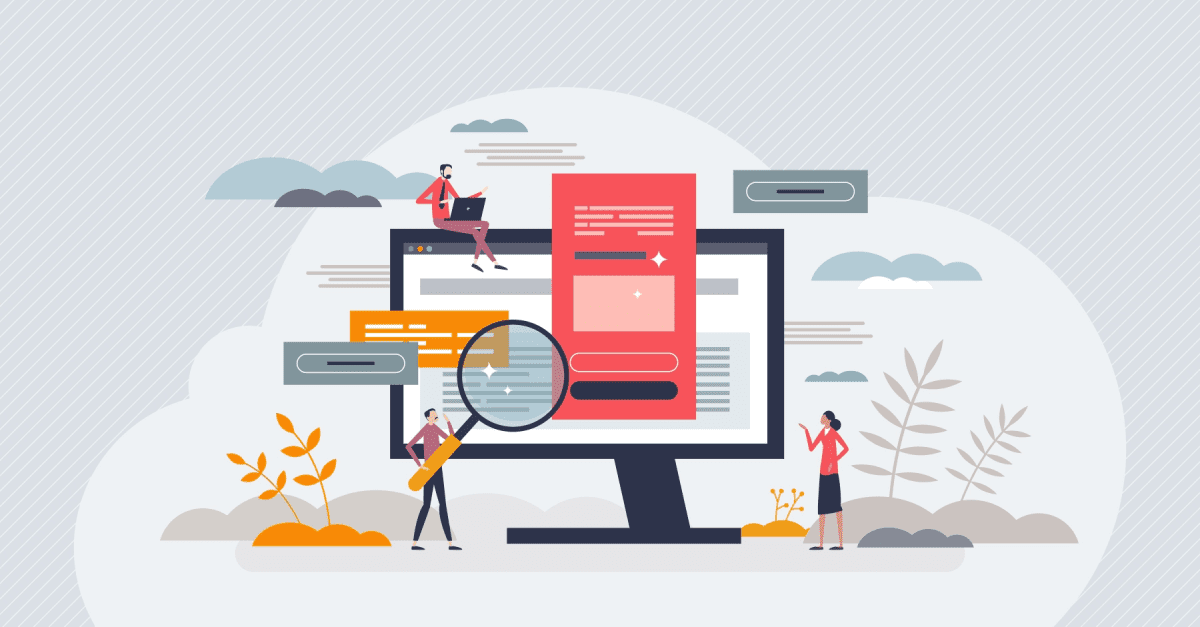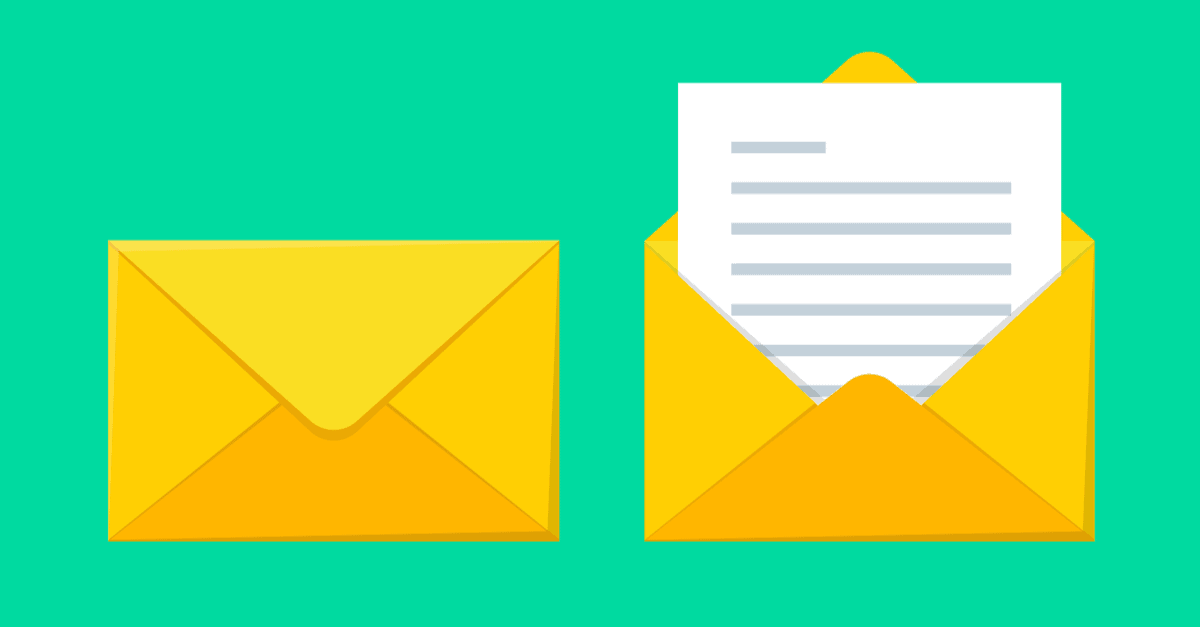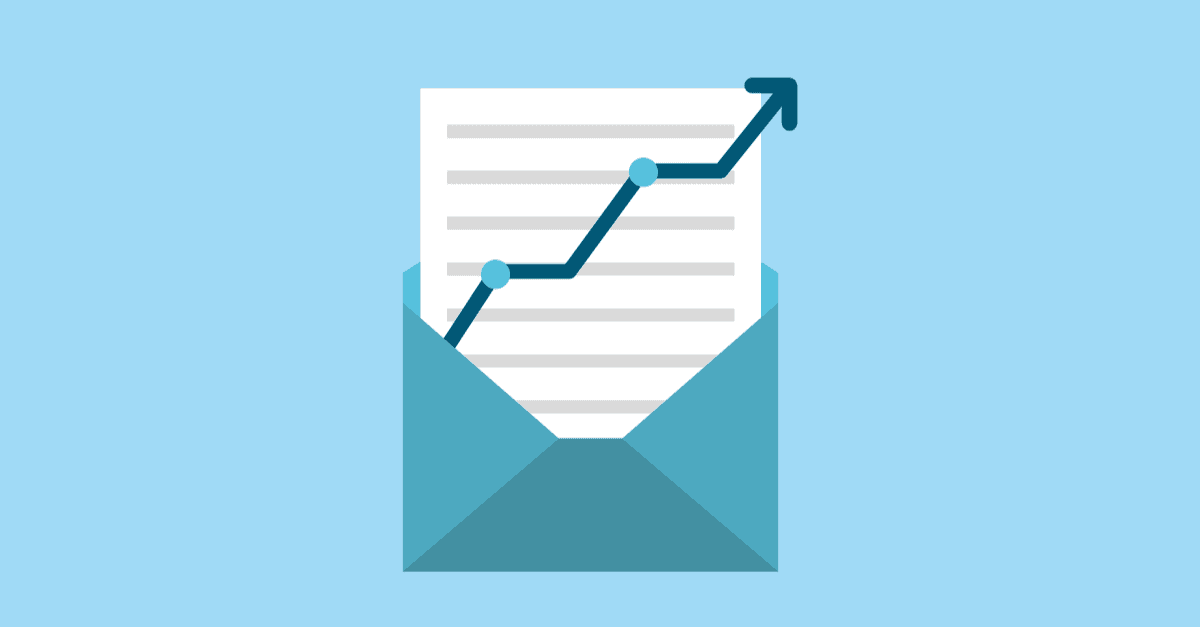
Follow-Up with Prospects Using These Powerful Scripts
Written By: Mike Brooks
Beat The Competition With Follow-Up Scripts
I always follow up with prospects – and many, many times – and that practice alone has made me more successful than 90% of my competition. Here is a follow-up campaign you can adapt to your sales cycle.
A while ago, my wife and I renovated our new home. As part of this grueling process, we received many quotes from all different kinds of people.
This ranged from window replacement people, plumbers, electrical contractors, painters, tile companies, contractors, fine craftsman, window treatment companies – the list seemed endless.
After they finally showed up and saw the work, their next job was to deliver a quote (usually by email). As a sales trainer, the next part seemed pretty straight forward to me – and that’s for them to follow-up on their quotes, right?
Would you believe that over 90% of these people NEVER followed up on their quotes?
Here are a few other shocking sales statistics:
- 48% of salespeople never follow up with a prospect
- 25% of salespeople make a second contact and stop
- 12% of salespeople only make three contacts and stop
- ONLY 10% of salespeople make more than three contacts
- 2% of sales are made on the first contact
- 3% of sales are made on the second contact
- 5% of sales are made on the third contact
- 10% of sales are made on the fourth contact
- 80% of sales are made on the fifth to twelfth contact
Interesting statistics, aren’t they? I always follow up with prospects – and many, many times – and that practice alone has made me more successful than 90% of my competition.
And after my recent experience with these contractors, I’m even more convinced that just following up regularly gives you a significant edge over your competition.
Here is a follow-up campaign (emails and phone calls) I use that you can adapt to your sales cycle.
Phone and Email Follow-Up Campaign Scripts
Email #1:
After my initial phone call with a prospect – whether they want information or links to my website – I always send a separate email thanking them for taking the time to speak with me:
Dear (Prospect’s name),
Thank you for taking a few minutes today to tell me a little about your company and what you are trying to accomplish. It sounds like if I can help you (repeat their specific needs here), then there might be a fit between our companies.
I’ve sent you over the (brochure, specs, job scope, whatever you promised – as well as a meeting request) and look forward to our next conversation on (confirm time for next contact).
If you have any questions before we speak, please don’t hesitate to call me back on my direct dial phone number: (Your number).
Once again, thank you for taking the time to speak with me, and I look forward to continuing our conversation next (week).
Sincerely,
(Your Name)
Email #2:
My next contact comes two days later. It always includes something that might be of interest to my prospect. Here is a sample email:
Dear (Prospect’s name),
I thought you would enjoy seeing/reading the following article: (Name of an article, company brochure, white paper, something related to them). I think this is in alignment with what you’re trying to accomplish.
Let me know if there is anything else I can do to help you. Once again, my direct phone number is: (Your number).
Looking forward to speaking with you next (day and time of appointment).
Sincerely,
(Your Name)
Phone #3:
My next contact comes with a phone call on the date we have scheduled to speak next (You DID get a specific day and time for your next contact, right?).
Often times before this I will also send out an automatic meeting reminder as well.
My opening for this call is very assumptive and avoids common mistakes such as: “I’m just calling to follow up,” or “I’m just calling to see if you had time to read the material I sent you,” or “Did you have time to go through our website?” etc.
Instead your opening call should be something like:
“Hi _________, this is ________ ________ with (your company), how’s your Monday going?”
“You know ________, I’ve been looking forward to speaking with you today. I’m sure you looked over the information I sent and probably have some questions, so tell me, where would you like to start?”
Again, always be assumptive, and obviously vary your opening based on whether you’re doing a demo (re-qualify in this case), or simply assume they’ve done what they committed to doing and then ask a question to get them to reveal what they are thinking.
How Many Times Should You Reach Out?
So, by now – by this second conversation – I’ve reached out to my prospect five times! The first is the email with my information, the second is the email, “Thanks for taking the time,” the third is the meeting request, the fourth is the next email with additional information or an article, and the fifth is the automatic meeting request.
Including this follow-up call, I’ve now reached out to my prospect six times! But this is just the start….
After my presentation, I get a specific day and time to follow up again, and I will send another email article or white paper in-between this.
And if my prospect isn’t available when I call back, I call them several times a day during the week until we connect – and, of course, I also send emails.
In addition, any prospect in my pipeline also goes into my Send Out Cards campaign, from which they get a physical greeting card from me in the mail each month until they buy.
On average, between emails and phone conversations and meeting reminders, my prospects get between eight to twelve contacts within the first two weeks. And then they get a card in the mail each month as well.
“Should I Stay Or Should I Go” Email Script
Lastly, if a prospect goes dark during or after this, I always send them my “Should I Stay or Should I Go” email which gets me a response over 65% of the time – even when every other method fails to get them to react. Here’s what it is:
Subject line: (Prospect Name), Should I Stay or Should I Go?
Dear _________,
I haven’t heard back from you and that tells me one of three things:
1) You’ve filled the position or you’ve already chosen another company for this.
2) You’re still interested but haven’t had the time to get back to me yet.
3) You’ve fallen and can’t get up, and in that case please let me know and I’ll call 911 for you…
Please let me know which one it is, because I’m starting to worry.
Honestly, all kidding aside, I understand you’re really busy, and the last thing I want to do is be pain in the neck once a week. Whether your schedule has just been too demanding or you’ve gone another direction, I would appreciate it if you would take a second to let me know so I can follow up accordingly.
Thank you in advance and I look forward to hearing back from you.
Kind regards,
(Your Name)”
If this email made you laugh, then think about getting your prospects to laugh as well. Again, this email gets over 65% of my prospects to email me back and let me know their status. Try it, it works.
Beat The Crowd
As you can see, having a follow up system – and sticking to it – will put you ahead of over 90% of your competition.
And if you’ve qualified a lead properly in the beginning, then this kind of perseverance is often enough to win you the business the majority of the time.
Take your prospecting campaigns to the next level with the tips and techniques in our FREE guide, Seven Steps to Building Effective Prospecting Sequences.
About the author
Mike Brooks
Mike Brooks is the founder of Mr. Inside Sales, a North Carolina based inside…
Get FREE Sales Training Delivered to Your Inbox
Join more than 360,000 professionals who get our weekly newsletter.
Related Articles

Learn Online
Self-paced courses from the
world's top sales experts

Virtual Training
Live, interactive instruction in small
groups with master trainers

Coaching
One-to-one personalized coaching
focused on your unique situation






